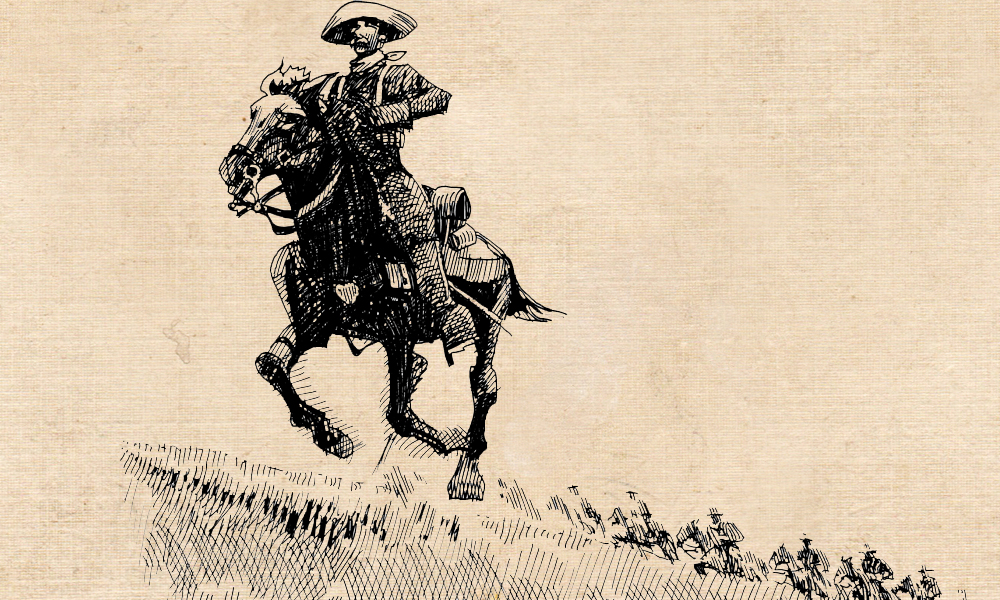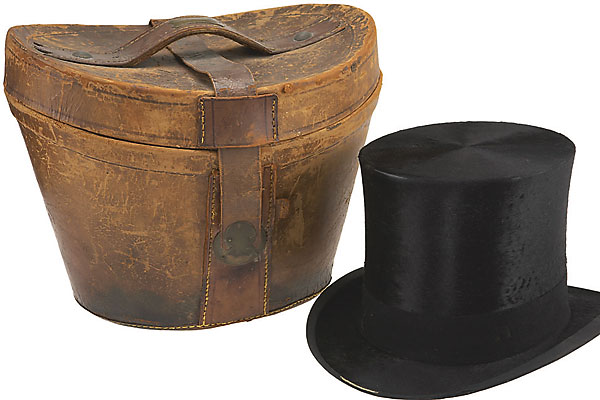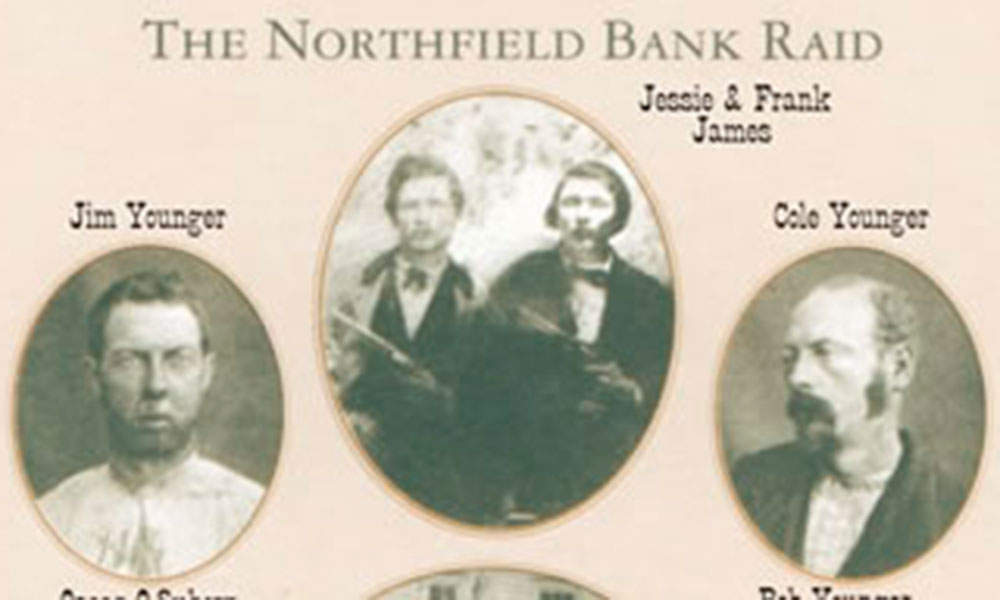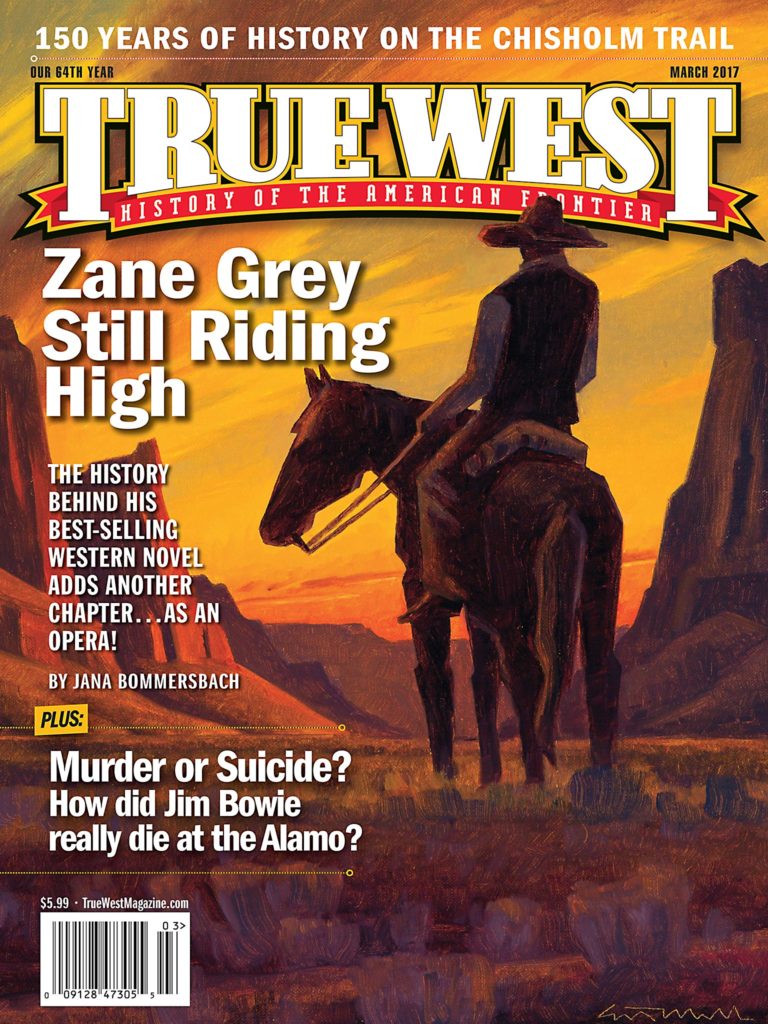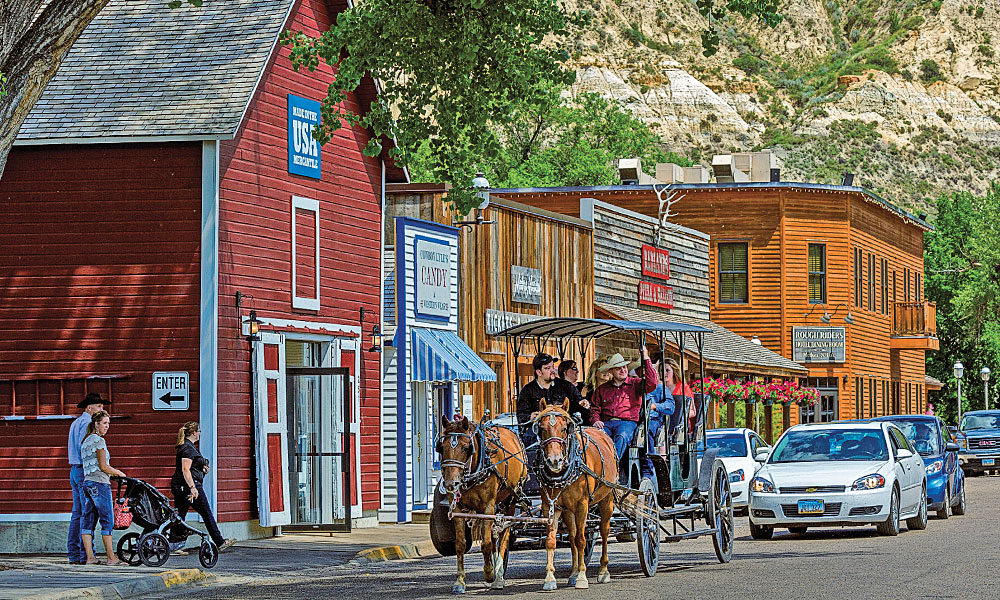
Teddy Roosevelt first came to Medora, North Dakota, in September of 1883 to
hunt buffalo. He so loved the region that he later operated two ranches there, and included the town on a Presidential tour in 1903.
He later recalled that visit, saying the entire population of the Badlands “down to the smallest baby had turned out to greet me.” He “shook hands with them all” and regretted that he couldn’t spend more time with them.
The Roosevelt name still echoes at venues around town, including in the Medora Musical, an outdoor variety act based largely on the 26th president. Over three summer months, the patriotic, Western-style show draws as many as 125,000 people to the Burning Hills Amphitheatre.
“If you plan to go over a weekend, expect a sellout,” says Natalie Beard, executive director of the Medora Area Convention and Visitors Bureau. “We’re quiet until June 1 and all of a sudden it’s a different place. Things start jumping.”
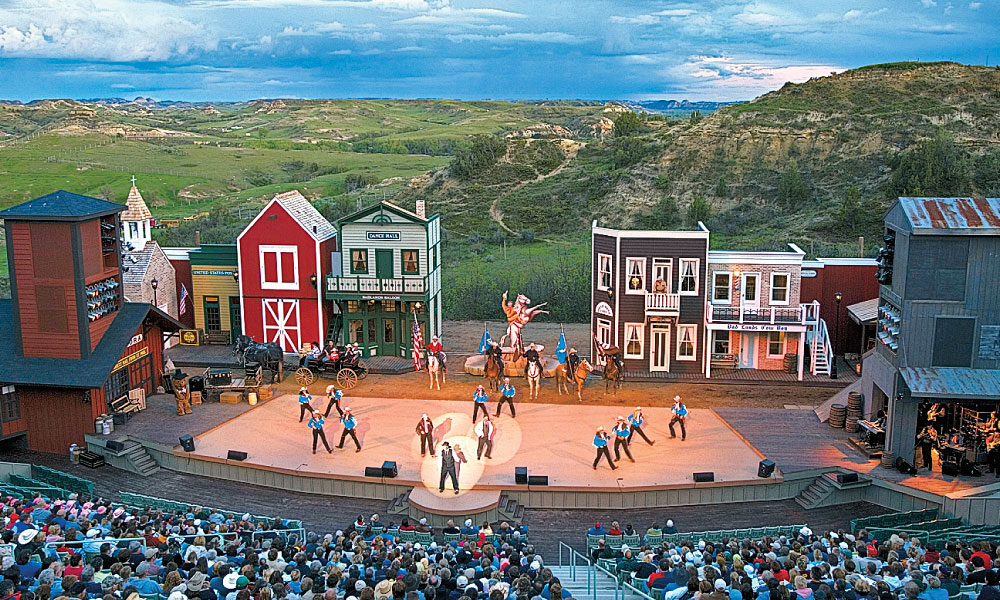
The town has about 350 hotel rooms, but only 112 residents. Still, it ranks as North Dakota’s most popular destination, a place of great beauty on the western edge of the Badlands.
The biggest draw is the 70,000-acre Theodore Roosevelt National Park,
the entrance to which bumps against downtown. Visitors can take a 36-mile loop drive through the park, past grazing buffalo, wild horses and stunning rock formations.
The Marquis’ Dream
Set on the Little Missouri River, the town began in 1883 as a stop on the Northern Pacific Railway. Its founder, the 24-year-old French nobleman, Marquis de Mores, named it after his bride, Medora von Hoffman.
His two-story frame chateau, now part of a state historic park, has 26 rooms furnished in the finest 1880s style. Be sure to stop at the restored von Hoffman House nearby, built by Medora’s parents and recently listed on the National Register of Historic Places.
Take a walking tour of Medora’s charming downtown, with its board sidewalks and quaint shops. The Rough Riders Hotel, completed in 1885 and originally called the Metropolitan, was renamed in honor of Roosevelt’s famed 1st Volunteer Cavalry, which stormed San Juan Hill in the Spanish-American War.
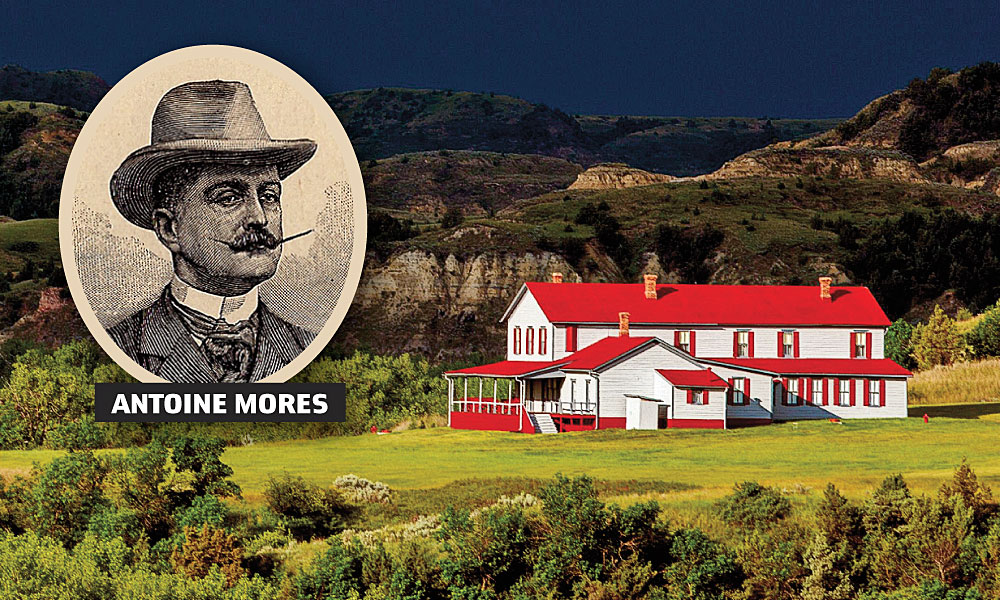
– Inset, Antoine Mores, True West Archives/Chateau Mores Courtesy Medora CVB –
The lobby doubles as a library with a massive stone fireplace and floor-to-ceiling shelves lined with books about Roosevelt.
The North Dakota Cowboy Hall of Fame features a 15,000-square-foot interpretive center with exhibits that explain all aspects of the area’s Western heritage. Visit the Western Heritage & Cultures exhibit on the second floor of the museum to read about its honorees, including Sitting Bull and popular Western author Louis L’Amour.
At the Billings County Courthouse Museum, see exhibits about the pioneers and a fine gun collection. Former mayor and local historian Doug Ellison recommends reading the notes that cowboy actor Tom Mix wrote to the ranch family he worked for near town.
Mix married his third wife, Olive Stokes, in Medora in 1909. “She visited from Oklahoma and Mix pursued her here, intending to marry her,” says Ellison. “She came to buy horses and left town as Mrs. Tom Mix.”
After touring the museum’s Hall of Honor, which tells about sheriffs who’ve served Billings County, stop at Ellison’s Western Edge bookstore, where Ellison will tell you all about Fred Willard, a little-known Black Hills gunfighter who became the first sheriff. Ellison is writing a book about Willard.
Medora has a strong Custer connection, too. On May 28, 1876, as his command marched toward legend at the Little Big Horn, they camped along Davis Creek, about 15 miles southeast of town.
Unaware of what awaited them, Frank Neely and William Williams, who served under Maj. Marcus Reno and survived the fight, took time to carve their names on a sandstone bluff. Those etchings are still visible at a site called Initial Rock.
Leo W. Banks is an award-winning writer based in Tucson. He has written several books of history for Arizona Highways.


